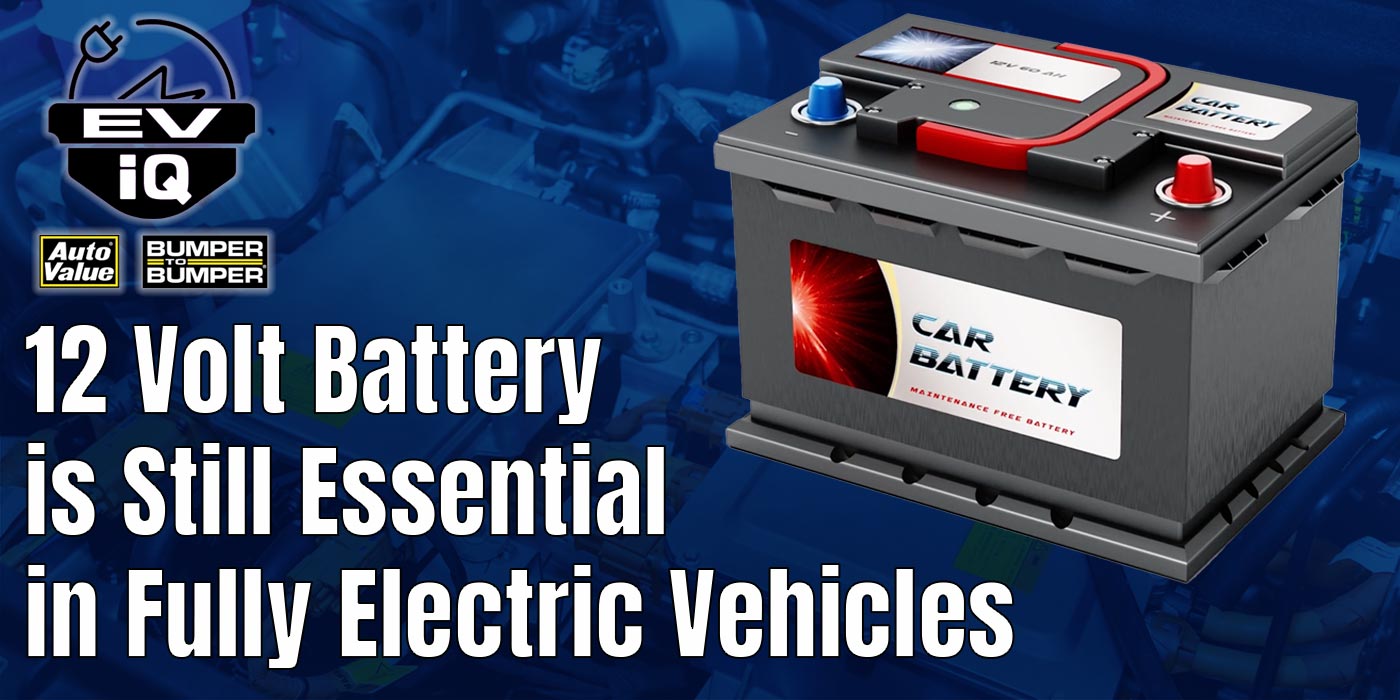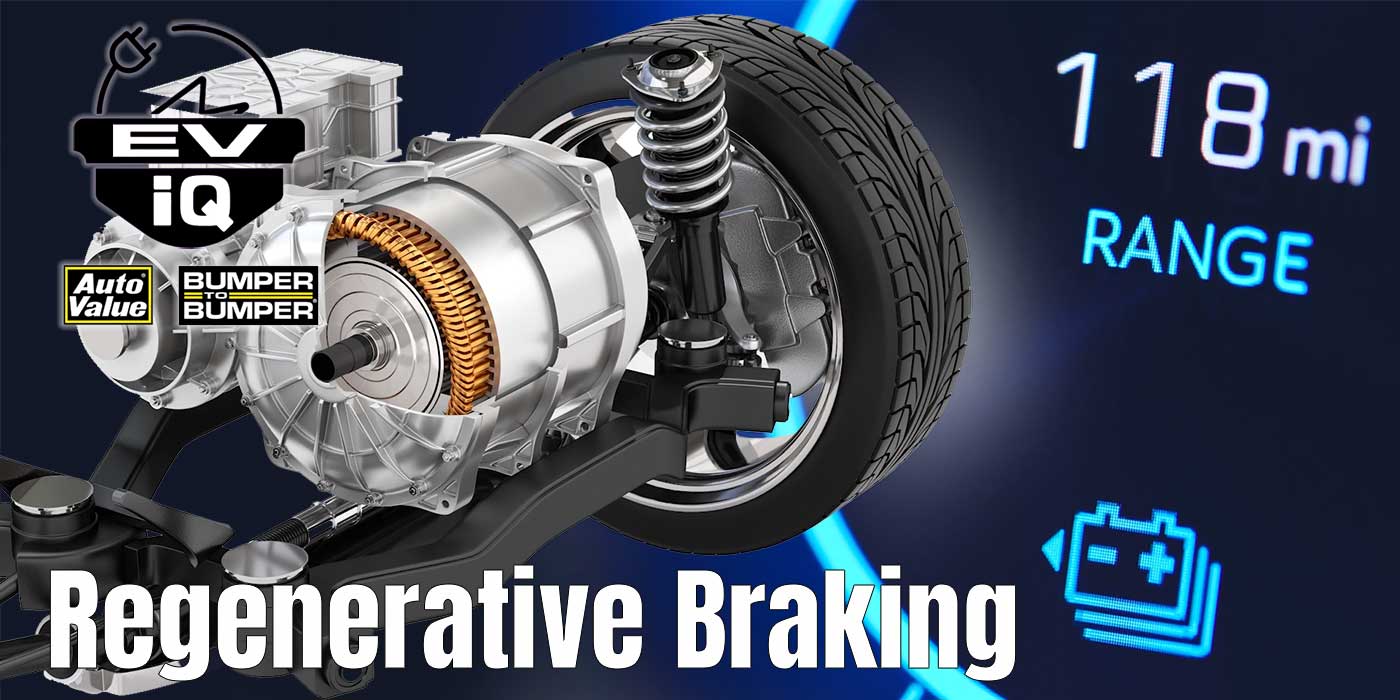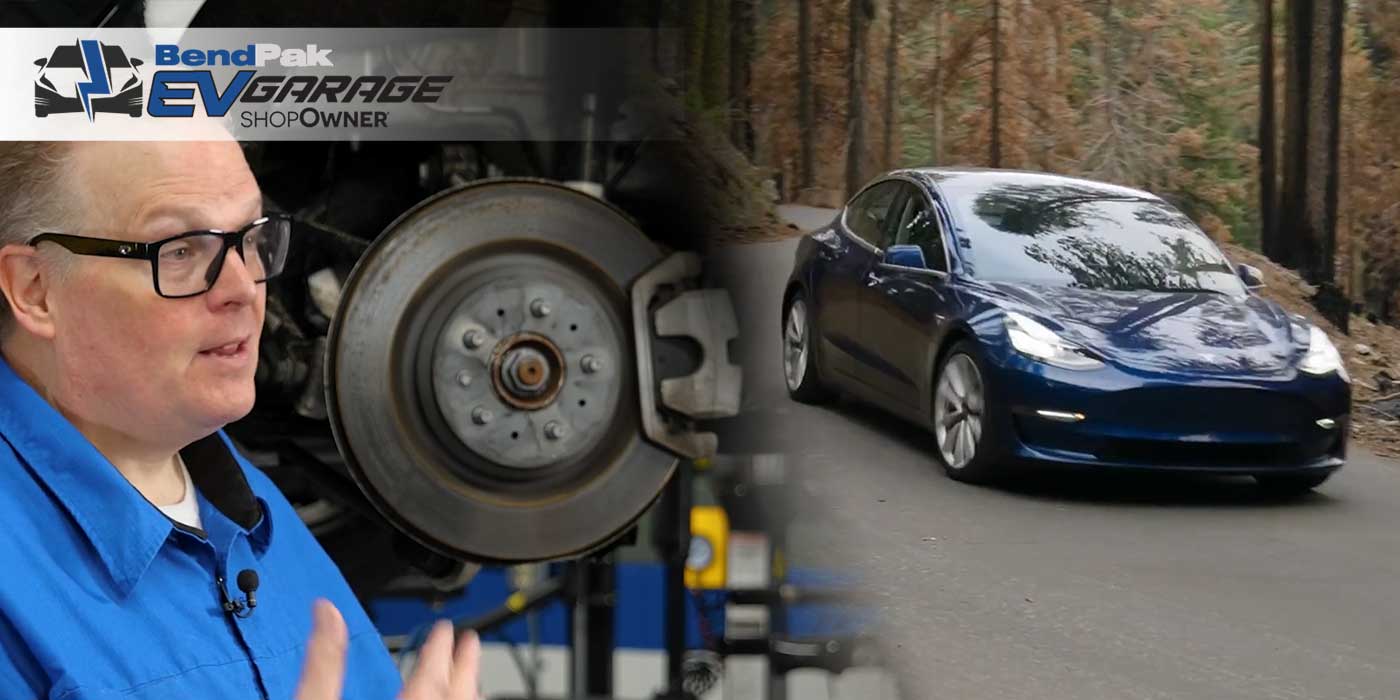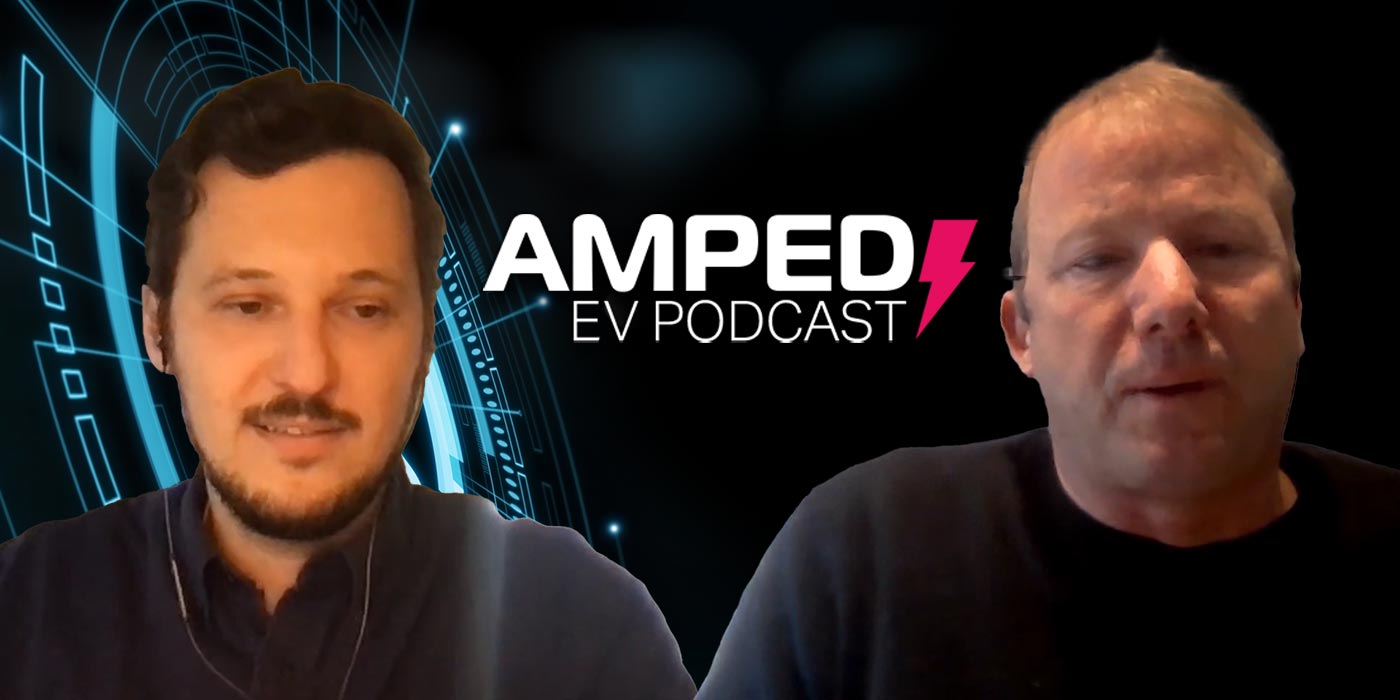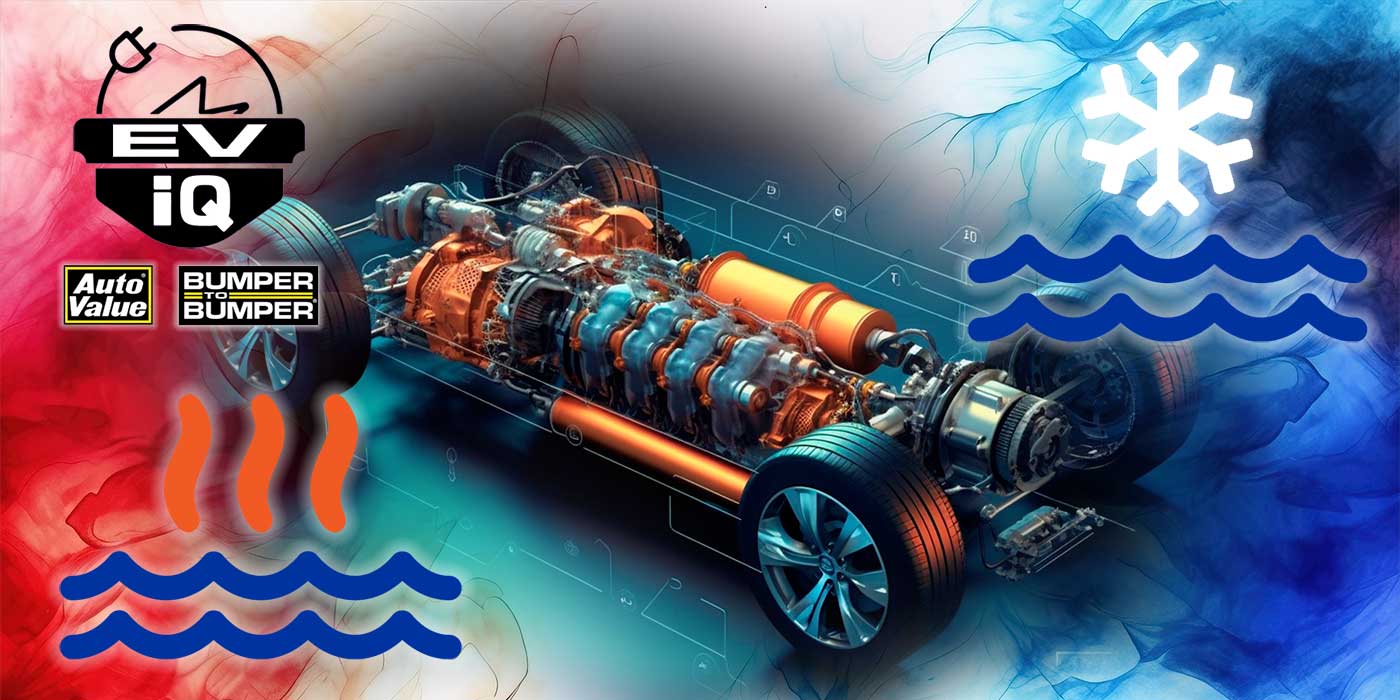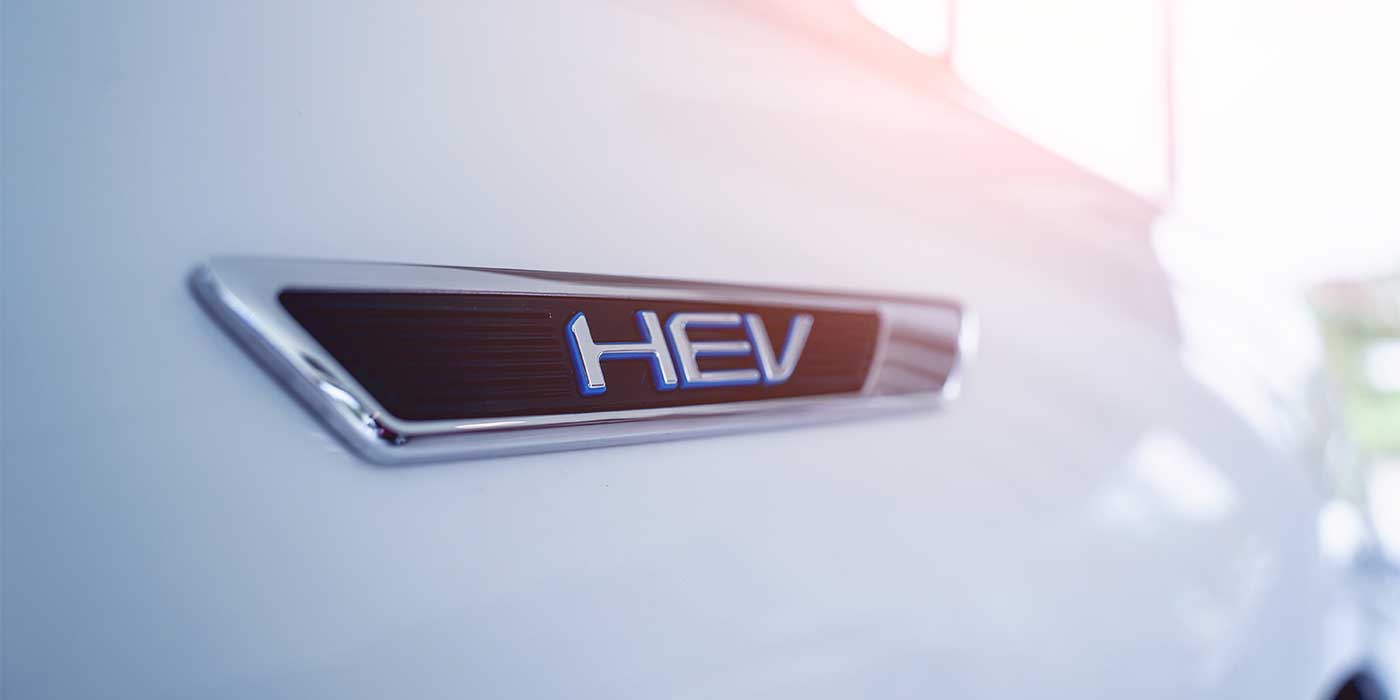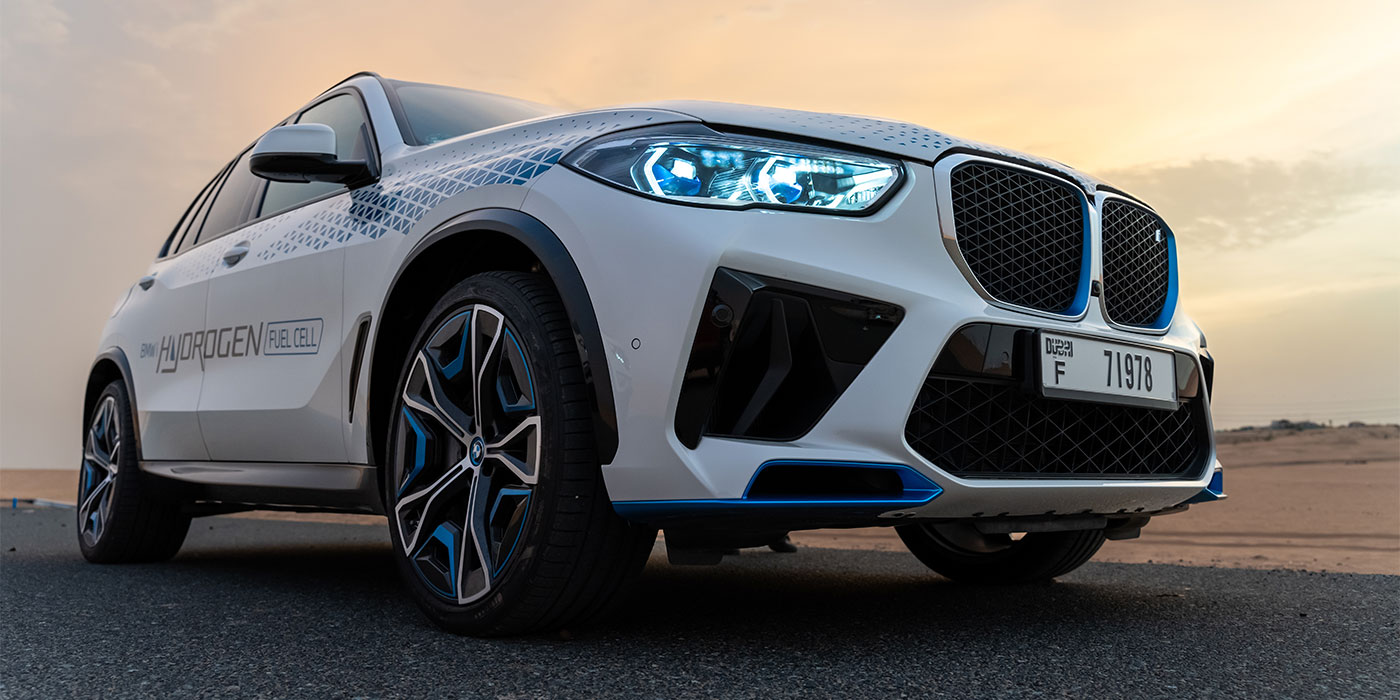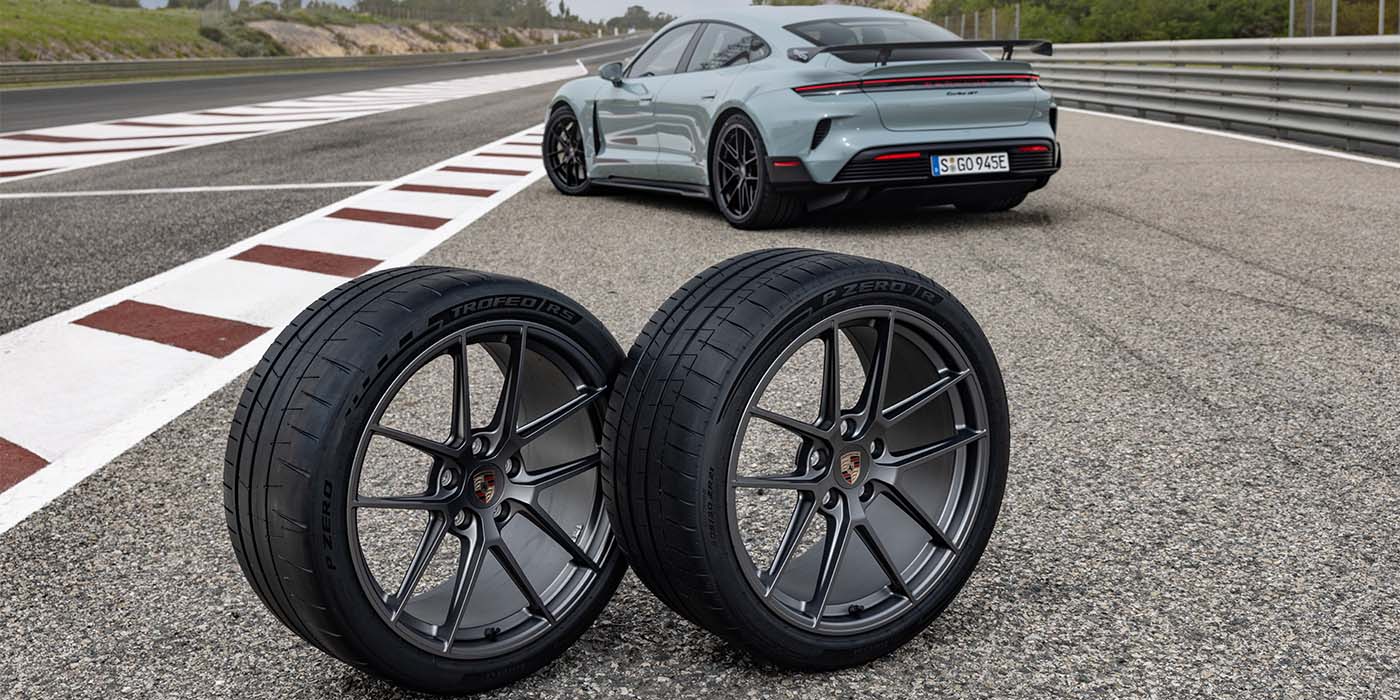Electric vehicles are shaking up the automotive landscape, and if you have spent any time on our nation’s highways in the past five years or so, you don’t need me to tell you that they are getting popular. So what does this mean for the aftermarket?
Here is a transcript of the video:
Electric vehicles are coming – they’re here already, and adoption rates continue to grow in all areas of the automotive landscape. Gas- and diesel-powered cars, trucks and SUVs certainly aren’t going anywhere anytime soon, but electric is no doubt causing a shift in the industry, and it’s one we shouldn’t ignore.
So what does this mean for the aftermarket?
The bad news is that EVs bring with them plenty of unknowns as far as how they’ll affect the aftermarket. And when we look at what we do know, it’s that EVs aren’t built with all the same components as internal combustion engine vehicles. And, you know as well as I do that the proliferation of parts like fuel pumps, oil pumps and head gaskets are going to weaken over the next 10 years and beyond.
The good news is that waning interest in some of these ICE parts means there are now plenty of new parts categories that need to be filled – solutions that consumers will look to the aftermarket to fill.
On the whole, consumers are still overall not quite ready to jump into the EV game due to hesitations about range anxiety, cost and the lack of infrastructure here in the U.S. But you wouldn’t know it by looking at what the OEMs have coming down the pike over the next few years.
The big-name OEMs are collectively planning to launch more than 70 EV models over the next seven years, and that’s just the ones that we know about. They know that the most common customer concerns are being addressed: Range anxiety is being diminished by technological advancements in EV components like batteries; these advancements mixed with government incentives are driving down the cost of EVs; and both the government and private companies are planning to pump billions into charging infrastructure over the next decade.
This is why you’ve no doubt noticed well-known players in manufacturing, like GM and Honda, have already announced the commitment to decarbonize their light-duty portfolios by 2040.
In GM’s case, the automaker plans to offer 30 all-electric models globally by mid-decade and 40% of the company’s U.S. models offered will be battery electric vehicles by the end of 2025. And, more than half of GM’s capital spending and product development team will be devoted to electric and electric-autonomous vehicle programs.
Honda’s plan is to progress from 40% EV sales by 2030 to 80% by 2035. Moreover, starting from the second half of the 2020s, the company will launch a series of new EV models which adopt e:Architecture, a completely new EV platform led by Honda. These EV models will first be introduced to the North American market, and then to other regions of the world.
One segment that appears to be getting a lot of Buzz over the last few months are those types of vehicles we all know Americans love – those that are bigger, faster, stronger – built tougher!
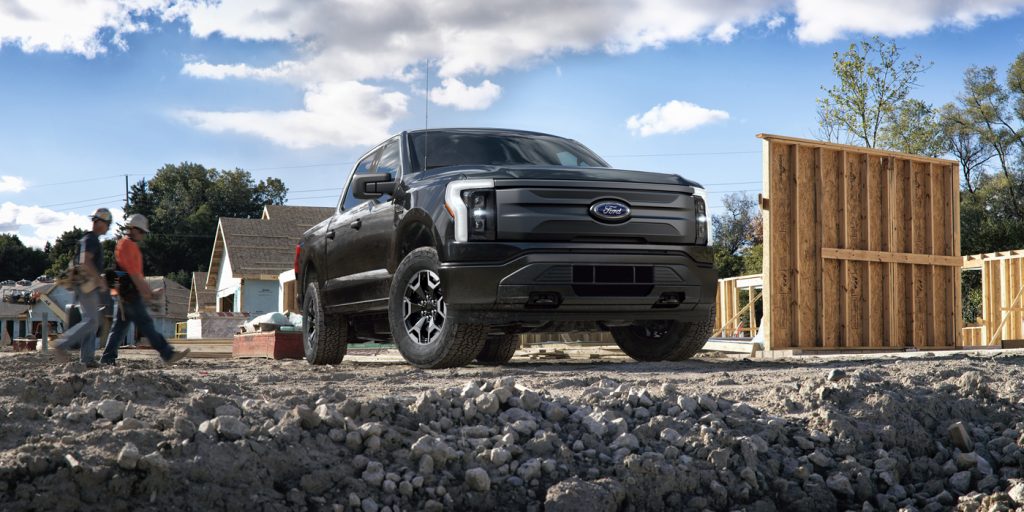
That’s why it wasn’t a huge surprise to witness one of recent memory’s biggest bets on EV coming from Ford, which took a big risk in announcing its all-electric F-150 Lightning in May. The standard F-150 has been one of the best-selling trucks in America for decades, and the fact that the company was willing to replace the combustion engine of this high-volume vehicle with electrified components shows us that Ford’s chips are on the table, and it believes that its customers will be willing to transition to new technologies.
And, of course, Ford’s electric pickup won’t be the only offering of its type on the market, as it will be competing with the likes of GMC’s Hummer EV and the Chevy Silverado EV, as well as Tesla’s Cybertruck and Rivian’s R1T. All this – and we haven’t even talked about SUVs and CUVs!
All this being said, recent data shows that even though we should expect to see new EV sales landing somewhere between 13 and 20% of total new vehicle sales in the U.S. by 2030, the EV car parc will only be around 4%.
But, if we’re being honest, between high-stakes bets from OEMs, regulations, investment needs and total cost of ownership for electrified vehicles, who knows what to expect nearly 10 years down the road. How high will EV adoption really be in 2030?
My name’s David Sickels, and this is The EV Impact Show. See you next time.

